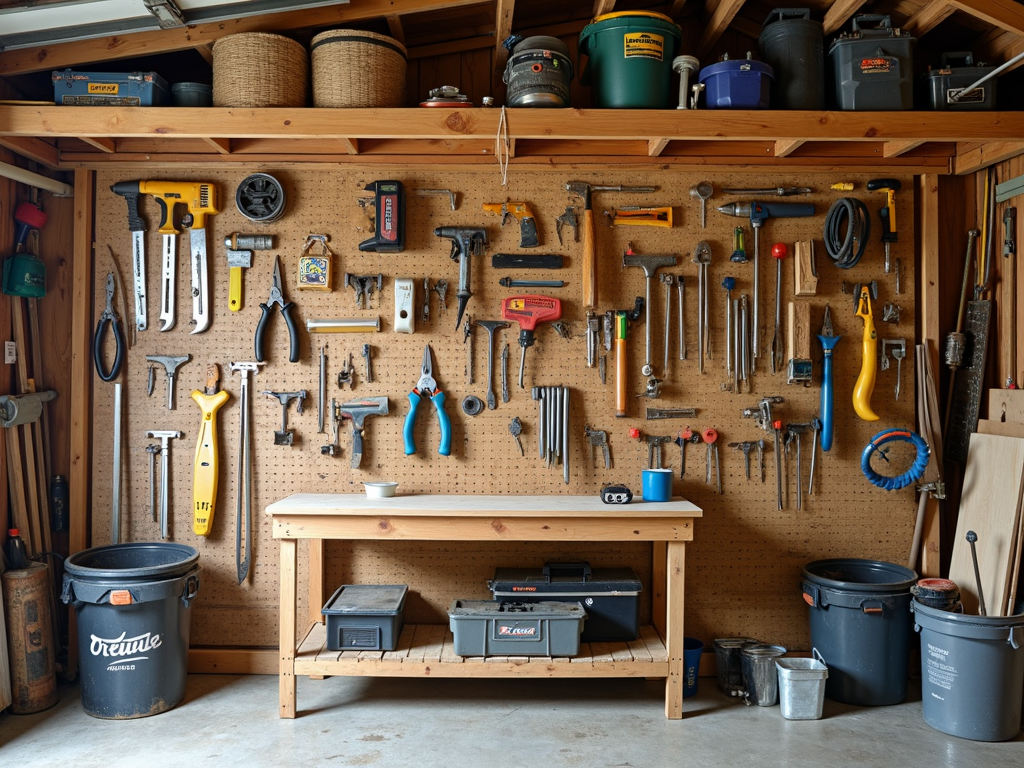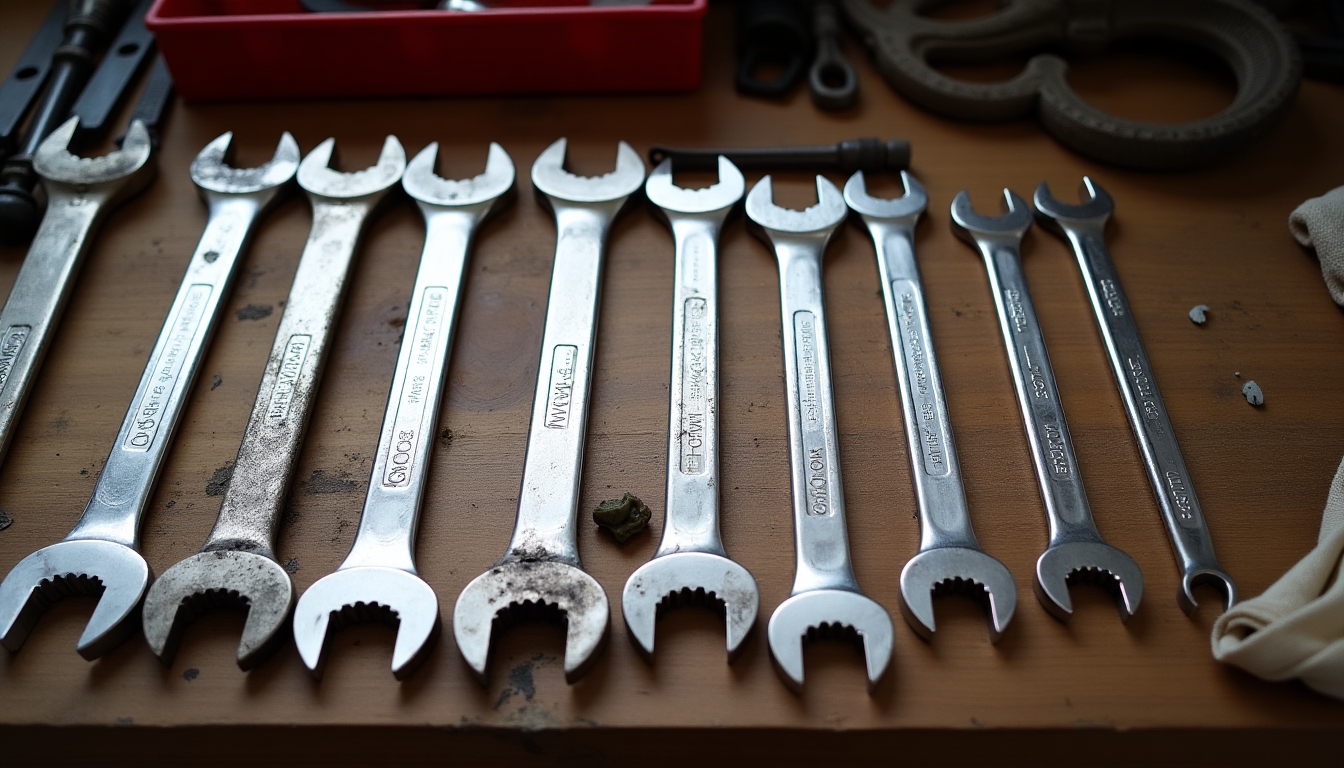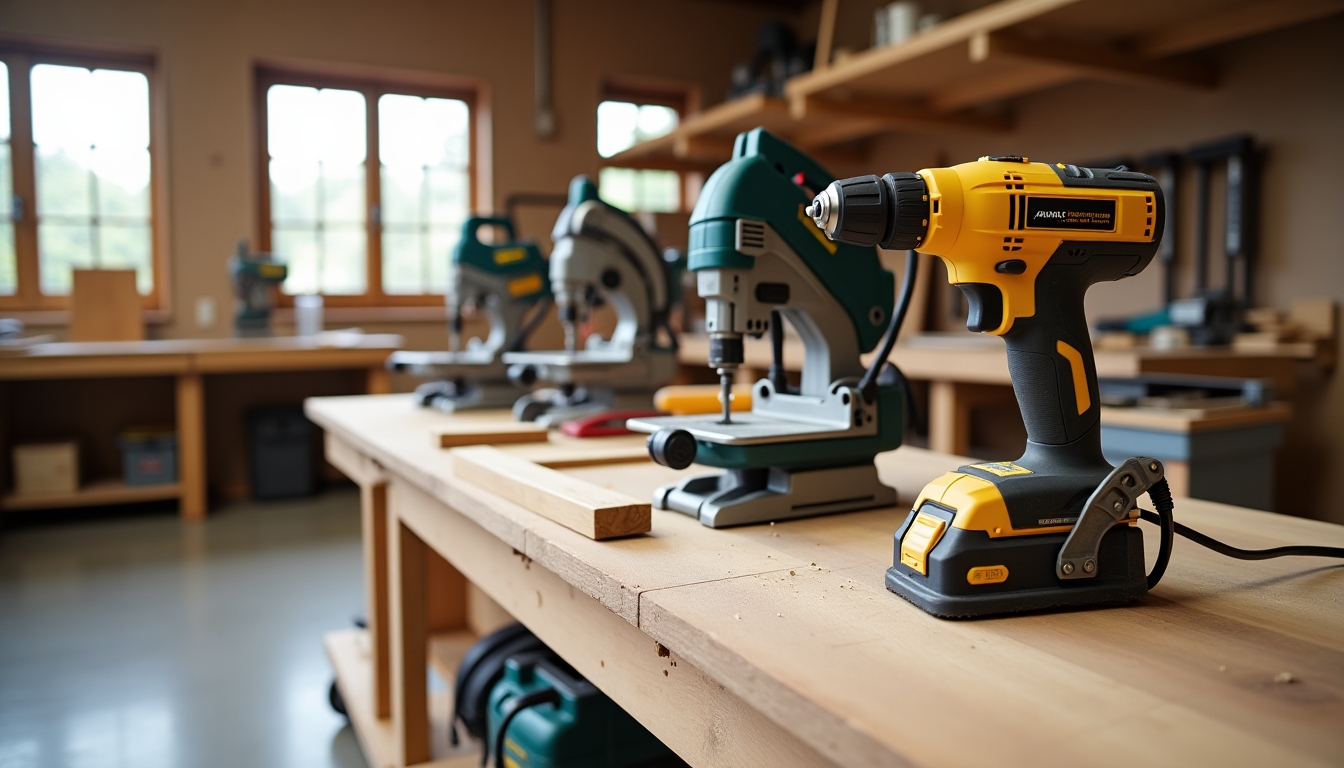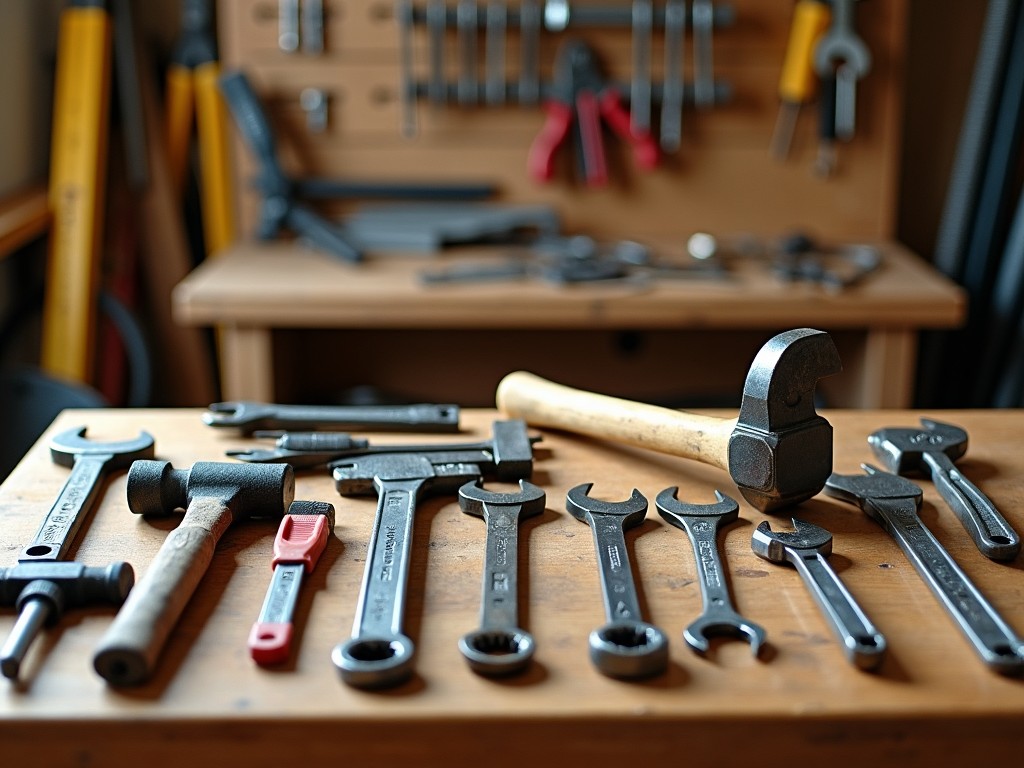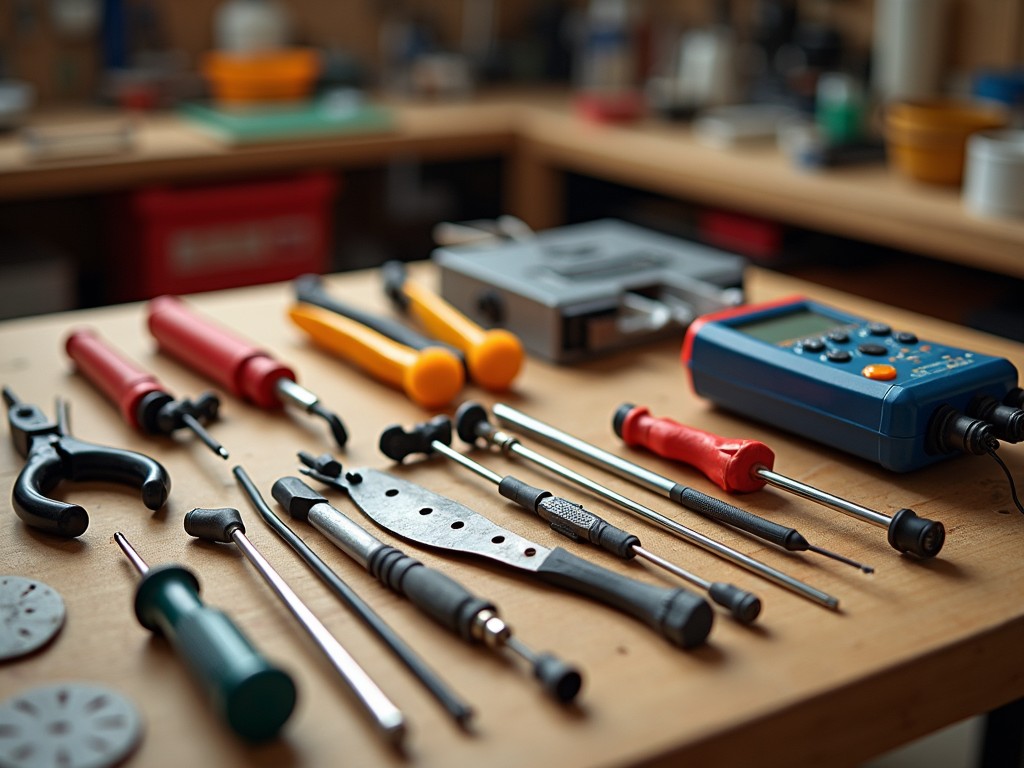Introduction to Screwdriver Safety Tips
When working with screwdrivers, safety is paramount to prevent injuries and ensure efficient work. In this article, we provide practical advice on using screwdrivers correctly and safely, essential for both hobbyists and professionals alike.

Understanding Screwdrivers: Basic Types and Uses
Screwdrivers are versatile workman tools, each designed with a specific purpose in mind. The two most common types are the flathead and Phillips screwdrivers. These tools are essential in various DIY projects, from assembling furniture to fixing electronics. Having a diverse set allows you to tackle different projects effectively.

Personal Insight: My DIY Experience
In my experience, using the right screwdriver for a task can't be overstated. I recall a time when I attempted to assemble a cabinet with the wrong type of screwdriver, resulting in stripped screws and extended assembly time. Always match the screwdriver to the screw to prevent such issues.
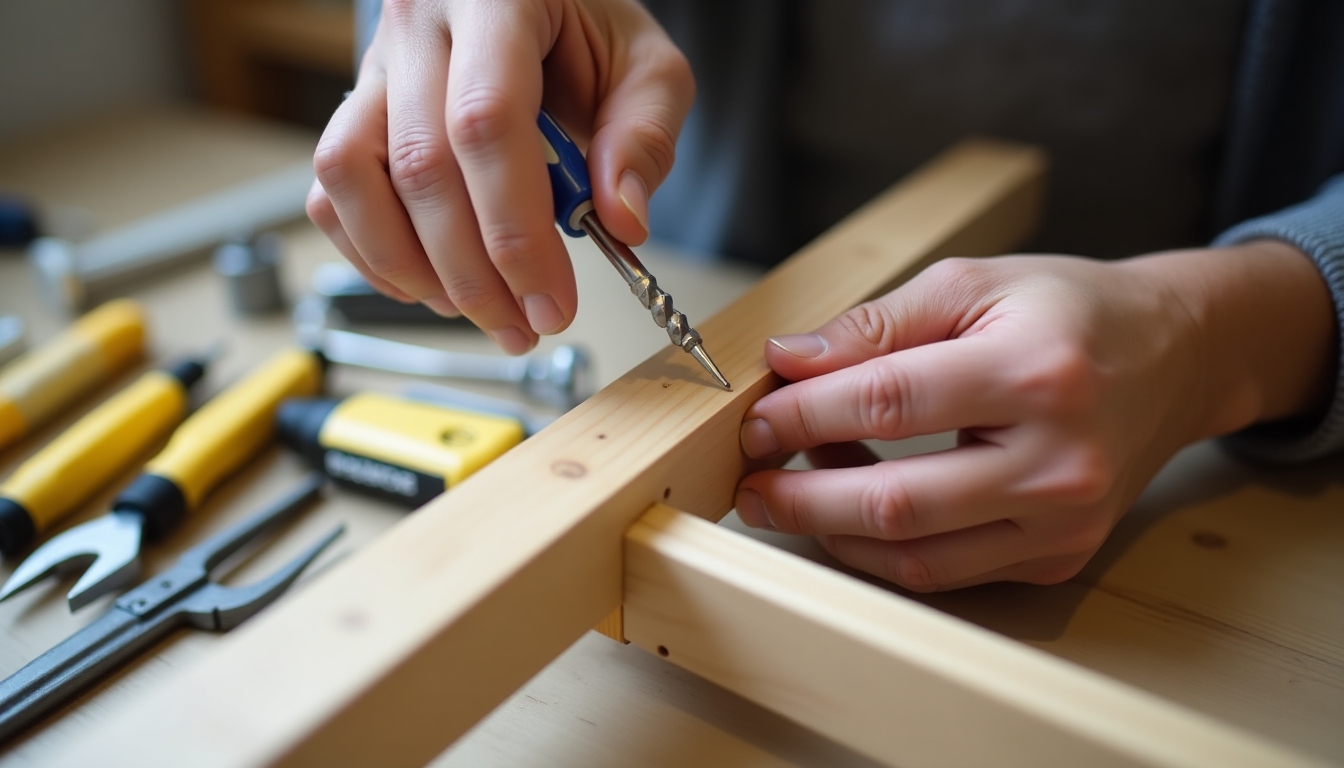
Screwdriver Safety Tips: Essential Practices
Following are crucial screwdriver safety tips that every user must remember:
- Use the Correct Size: Ensure that the screwdriver tip fits snugly into the screw head to prevent slipping.
- Apply the Right Pressure: Press down firmly but gently to avoid damage to the screw or tool.
- Keep Tools Clean: Regularly clean your screwdrivers to prevent dirt and oil from causing grip issues.
- Maintain the Tools: Check for wear and tear and replace worn screwdrivers to maintain tool integrity.
These simple practices greatly minimize risks while enhancing tool longevity.

Common Mistakes and How to Avoid Them
Many users unknowingly misuse screwdrivers, leading to inefficiencies or injuries. Common mistakes include using a screwdriver as a chisel or pry bar, which can damage both the tool and work surface. A simple rule is to always use tools as intended.

Checklist: Safe Use of Screwdrivers
Here's a checklist to follow before starting any task involving screwdrivers:
- Verify you have the correct screwdriver type and size.
- Inspect the screwdriver for any damage.
- Ensure adequate lighting for visibility.
- Wear appropriate safety gear, if necessary.
- Secure any loose clothing or hair.
By adhering to this checklist, you can minimize risks and handle screwdrivers with safety and precision.

Conclusion
Screwdrivers are indispensable in both professional and amateur toolkits. By following these screwdriver safety tips, you can enhance your work efficiency and reduce the likelihood of accidents. Always remember: the right tool and the right approach make every task smoother and safer.
Related screwdriver safety tips:
- Tool Maintenance: Tips for Longevity
- Must-Have Hand Tools for Mechanics
- Guide to Ergonomic Tool Belts
- Must-Have Workman Tools for Every Toolbox
- The Ultimate Guide to Rotary Tool Accessories and Attachments
- Comprehensive Guide to Power Tools for Woodworking Enthusiasts
- Essential Screwdriver Maintenance Tips for Longevity
- Keep Your Power Washer in Top Condition
- Essential Features to Look for in a Workbench
- Comprehensive Tips for Tool Maintenance and Care
- Types of Hammers for Different Projects
- A Comprehensive Guide to Electrical Tools
